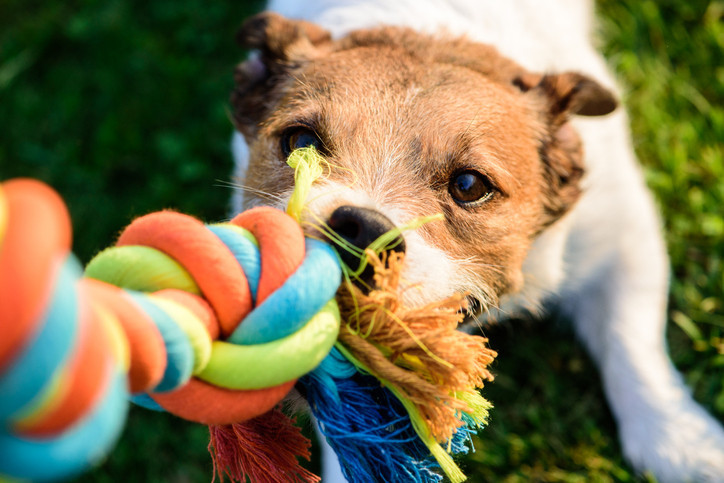A great many canine nibbles happen consistently — how would it be a good idea for you to respond on the off chance that it happens to you?
Every year, more than 4.5 million canine nibbles happen in the US. Notwithstanding what you could expect, the majority of these episodes don’t occur when a new canine assaults somebody in a recreation area or another open air area. All things being equal, most canine nibbles are caused by a pet canine in a home.
Here’s guidance for keeping away from these disturbing and possibly serious wounds — and the means you ought to take in the event that you support a canine nibble.
For what reason truly do canine chomps occur?
Some canine chomps occur unintentionally when individuals wrestle or play back-and-forth with their canine. Yet, more often than not, canines chomp individuals as a response to feeling worried, undermined, frightened, or surprised, as per the American Veterinary Clinical Affiliation (AVMA). The greater part of canine nibbles happen in kids, and they’re undeniably bound to be genuinely harmed than grown-ups.
“Individuals don’t necessarily in every case notice the social signals that a canine is awkward,” says Dr. Christopher Baugh, academic administrator of crisis medication at Harvard Clinical School. For instance, a few canines are exceptionally regional and will bark, snarl, snap, and rush on the off chance that outcasts enter their space — whether that is a condo, yard, or carton. Or then again canines might display asset watching, which appears as restless, forceful way of behaving around food, toys, or beds.
“These circumstances can be high-hazard, and kids specifically have less consciousness of that gamble,” says Dr. Baugh, who has kids and two blended breed salvage canines, Harley and Roxi.
How might you forestall canine nibbles?
Any canine — even a sweet, cuddly canine — can nibble whenever incited, as per the AVMA. Never abandon small kids with a canine without grown-up management. What’s more, help youngsters to never upset a canine while it’s eating, dozing, or really focusing on pups.
In an investigation of 321 facial canine chomps treated at Harvard-partnered Massachusetts General Emergency clinic north of a 20-year time span, 88% of the nibbles were from known canines. Most were in grown-ups and happened subsequent to playing with the canine, taking care of the canine, and putting their face near the canine. Notwithstanding, the hand (typically an individual’s prevailing hand) is likely the most well-known area for a canine nibble in a grown-up, says Dr. Baugh.
Different tips from the CDC to forestall canine nibbles incorporate the accompanying:
Continuously inquire as to whether it's OK to pet their canine, regardless of whether the canine seems cordial.
Ensure the canine sees and tracks you prior to arriving at down to pet it.
Try not to pet a canine that is by all accounts stowing away, terrified, debilitated, or irate.Imagine a scenario where a new canine methodologies you. Keep quiet regardless, staying away from eye to eye connection with the canine. Stand with the side of your body confronting the canine and say “no” or “return home” in firm, profound voice. Trust that the canine will withdraw or move yourself gradually away.
How would it be a good idea for you to respond on the off chance that you’re chomped by a canine?
Clean the injury with gentle cleanser and running water, then, at that point, cover it with a perfect wrap or fabric. A few internet based assets suggest applying an anti-toxin balm or cream. However, these items are suggested exclusively for individuals with obvious proof of a disease, like redness, discharge, agony, expanding, or warmth, as per the American Institute of Dermatology.
In the event that the injury is significant — with a chomp on the face, weighty dying, or a potential broken bone — go to the trauma center. That is likewise really smart assuming you’re chomped by an obscure or homeless canine, in the uncommon occasion that you could require medications to forestall rabies (rabies post-openness prophylaxis).
“Frequently, individuals are stunned in the wake of being spot and will justifiably concentrate on their injury,” says Dr. Baugh. The canine’s proprietor might register to check whether you’re OK, however at that point leave. Be that as it may, you ought to get the individual’s contact data and ensure the canine is inoculated against rabies, he says.
Remember that:
Trauma centers are frequently packed with huge delays, so a pressing consideration facility is a decent choice in the event that the injury doesn't need quick consideration.
A few injuries require lines, preferably inside 12 to 24 hours.
The specialist might recommend anti-microbials to forestall potential diseases, particularly on the off chance that you have medical conditions like a debilitated insusceptible framework or diabetes.
You may likewise require a lockjaw sponsor in the event that you haven't had one in the beyond 10 years. On the off chance that your immunization history isn't accessible or you can't recall that, you'll get a lockjaw sponsor for good measure.Imagine a scenario where a canine nibble is less serious.
Suppose you have a less serious nibble from a family canine known to have an ongoing rabies immunization. Chomps that don’t need join can be cleaned with gentle cleanser and running water, then assessed by your standard medical services supplier. They might advise you to screen the injury for indications of disease basically.
“Specialists are attempting to be more smart about endorsing anti-toxins and breaking point their utilization in okay circumstances, since abuse adds to anti-toxin opposition and opens individuals to expected aftereffects with next to no benefit,” says Dr. Baugh.


